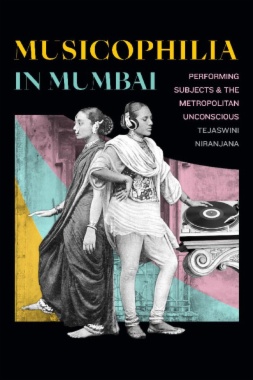In Musicophilia in Mumbai Tejaswini Niranjana traces the place of Hindustani classical music in Mumbai throughout the long twentieth century as the city moved from being a seat of British colonial power to a vibrant postcolonial metropolis. Drawing on historical archives, newspapers, oral histories, and interviews with musicians, critics, students, and instrument makers as well as her own personal experiences as a student of Hindustani classical music, Niranjana shows how the widespread love of music throughout the city created a culture of collective listening that brought together people of diverse social and linguistic backgrounds. This culture produced modern subjects Niranjana calls musicophiliacs, whose subjectivity was grounded in a social rather than an individualistic context. By attending concerts, learning instruments, and performing at home and in various urban environments, musicophiliacs embodied forms of modernity that were distinct from those found in the West. In tracing the relationship between musical practices and the formation of the social subject, Niranjana opens up new ways to think about urbanity, subjectivity, culture, and multiple modernities.
- Cover
- Contents
- Acknowledgments
- Introduction: On Not Being Able to Learn Music
- 1. “Yaa Nagari Mein Lakh Darwaza”: Musicophilia and the Lingua Musica in Mumbai
- 2. Mehfil (Performance): The Spaces of Music
- 3. Deewaana (The Mad One): The Lover of Music
- 4. Taleem: Pedagogy and the Performing Subject
- 5. Nearness as Distance, or Distance as Nearness
- Afterword
- Glossary
- Notes
- Selected Bibliography
- Index
- A
- B
- C
- D
- E
- F
- G
- H
- I
- J
- K
- L
- M
- N
- O
- P
- Q
- R
- S
- T
- V�
- W

